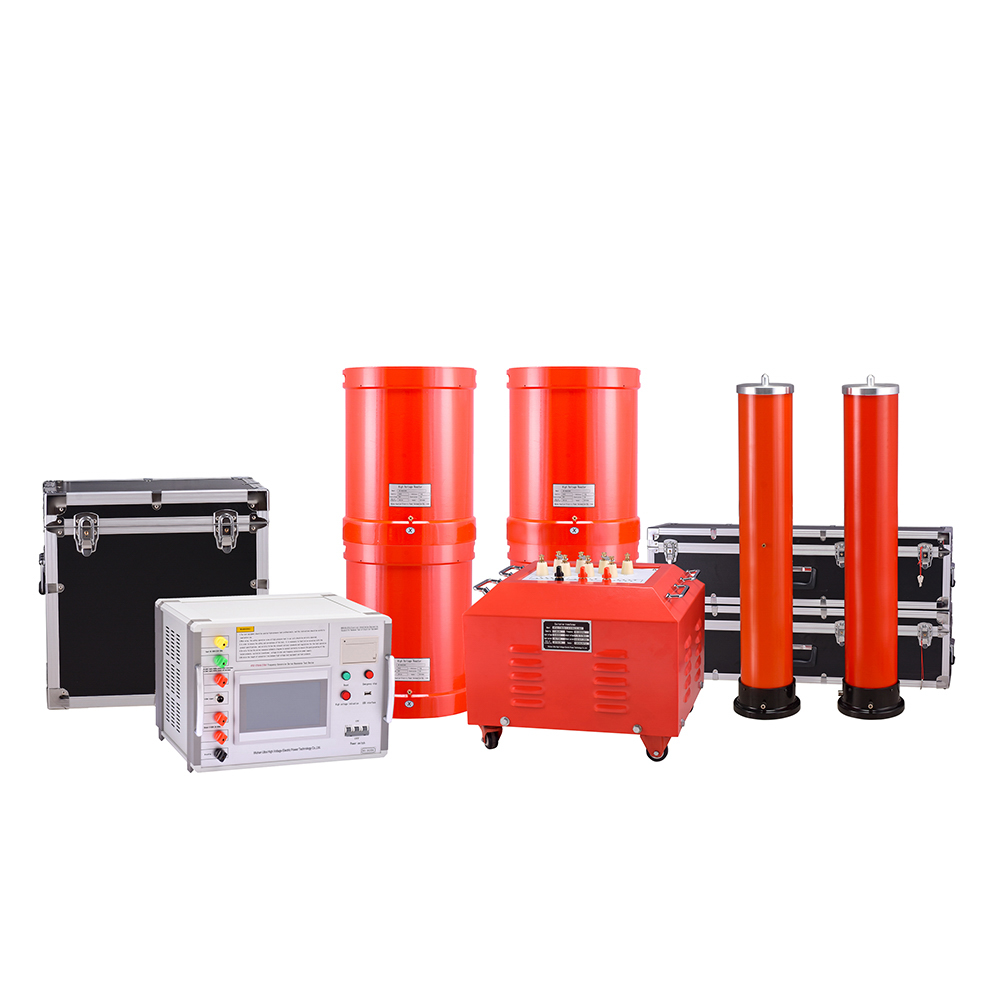The series resonance under UHV power can help many power workers conduct various power tests more conveniently.

1、 Definition
In a series circuit composed of resistors, inductors, and capacitors, when the capacitive reactance XC is equal to the inductive reactance XL, i.e. XC=XL, the phase of the voltage U and current I in the circuit are the same, and the circuit exhibits pure resistive behavior. This phenomenon is called series resonance. When a series resonance occurs in a circuit, the impedance of the circuit and the total impedance in the circuit are minimized, and the current will reach its maximum value.
2、 Harmfulness
When resonance occurs, due to the equal inductance and capacitance, the effective values of the voltage across the inductance and capacitance are equal, that is, UL=UC. Due to their opposite phases, these two voltages cancel each other out. The effective voltage value of a capacitor or inductor is: UL=UC=XLI0=ω 0LIO=ω 0LU/R. In the formula, ω 0L/R is referred to as the quality factor of the resonant circuit, which represents the voltage ratio. Namely UC/U or UL/U.
Quality factor is an important parameter for measuring the characteristics of resonant circuits. The larger the reactance and the smaller the resistance in a circuit, the higher the quality factor. Therefore, the voltage value on the capacitor or inductor will be much higher than the applied voltage. The quality factor of general inductor and capacitor resonant circuits can reach tens or even hundreds. So series resonance is also called voltage resonance. In the power system, series resonance will generate overvoltage several times higher than the rated voltage of the grid, which poses a great threat to the safety of power equipment.
In the R-L-C series circuit, the phenomenon where the voltage and current at the line end are in phase is called series resonance.



















